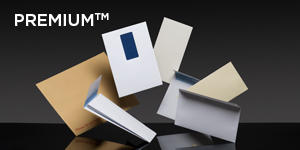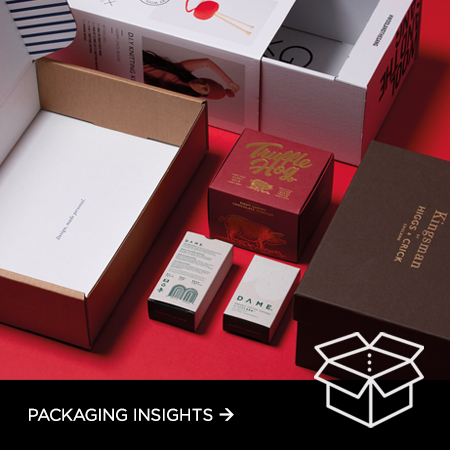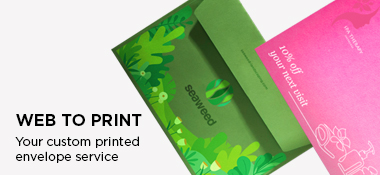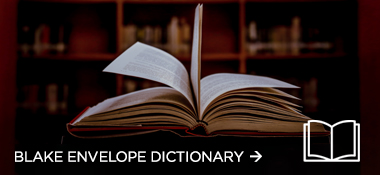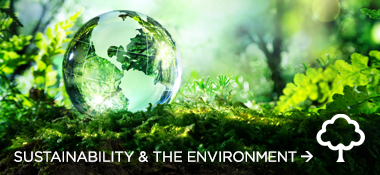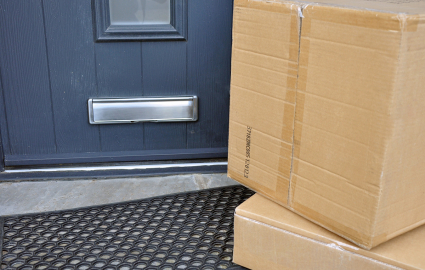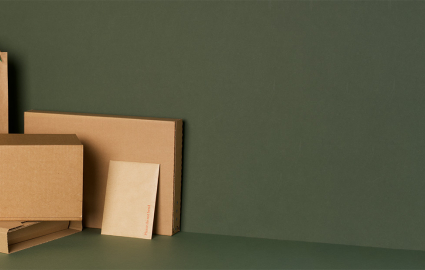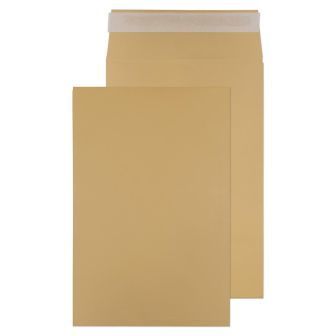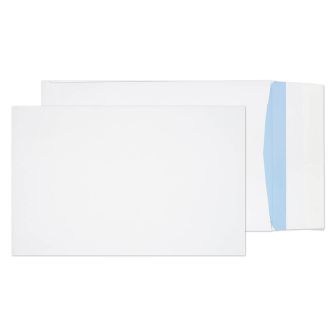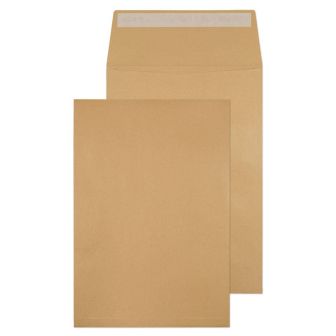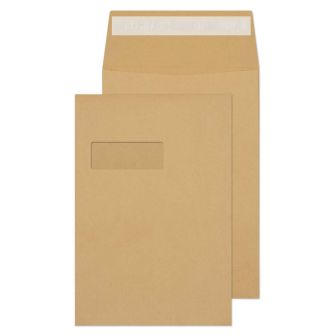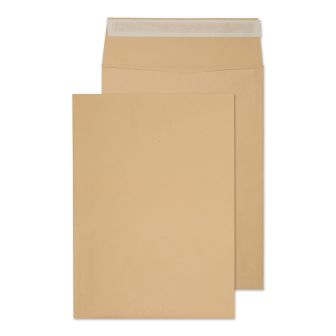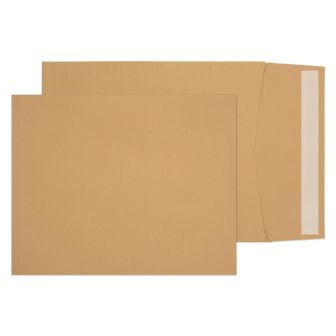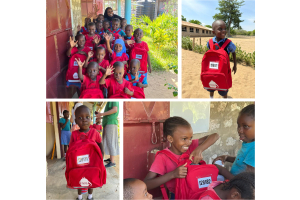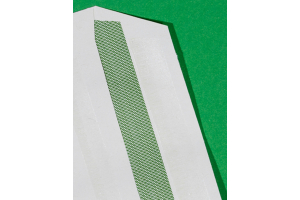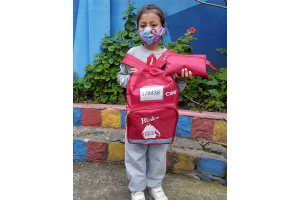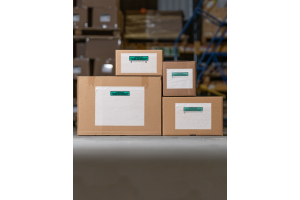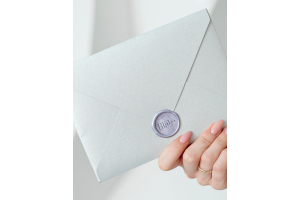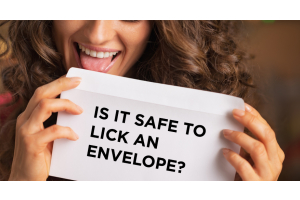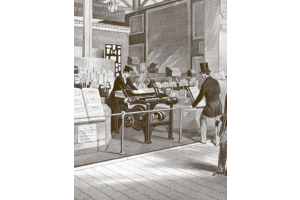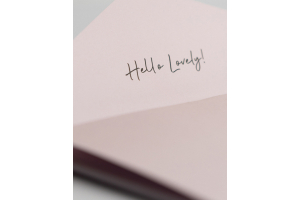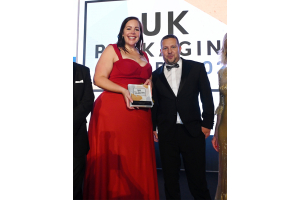
As many brands attempt to tackle the new demands set by consumers in relation to packaging. The challenge for many high-end/luxury brands is being able to maintain their iconic branding and storytelling whilst ensuring that sustainability and environmental awareness is continued.
Elevating Packaging
Brands now need to ensure that they’re able to elevate their packaging to the same level as their product; this in relation to packaging now being as important as the product.
To overcome the growing stigma of packaging being seen as a throwaway, disposable item, brands have begun to utilise packaging to tell stories and share values; with refillable packaging being a key strategy for driving engagement in the luxury segment.
Brands that have been able to harness this well have seen their packaging become keep sakes or for secondary-use by consumers; this being driven by the fact that 80% of consumers said that if given the option, they would buy products that didn’t use any single-use packaging. Many brands have opted for the approach of utilising their packaging to showcase their sustainable ethos; this plays well with consumers of luxury brands. With 40% of the luxury market represented by Millennials and Gen Z, consumers are becoming increasingly aware of the actions of businesses they purchase form; 47% of Millennials check whether luxury brands have adopted sustainable values prior to purchasing.
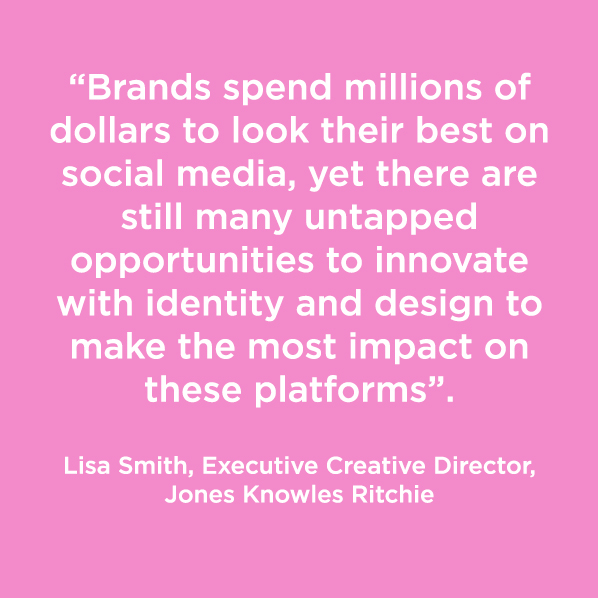
Extravagant Interactions
Luxury brands now face the opportunity to see their packaging take a secondary form of marketing, this through popularized concept of ‘Unboxing’, seeing consumers create content based upon the experience of receiving their product, as is evident in this case packaging plays a vital role in first impressions. The importance of this heightened with 52% of 21-36 year old’s say that its ‘important’ that product packaging looks good in pictures they post on social media, with 29% saying its ‘extremely important’.
High-end brands are able to illustrate innovation of packaging through over-the-top detailing and playful interactions that create and solidify the impressiveness of the unboxing moment. Exciting examples could include opening in an extended fan of brand colours or revealing of features such as a jewellery box to allow secondary use. As in effect customers have purchased the initial product but they’ve also in essence purchased the packaging as a separate, reusable entity, as well as the brand immersion experience.
As consumers lead busy lives, with the average Brit only having 73 minutes to themselves each day, brands need to adapt and create a packaging solution that will actively engage consumers. Sensorial touchpoints creates an opportunity to engage the customer on an additional level as intrigue is created through unique packaging textural feel.
Enrich The Senses
New technology allows brands to imbue their packaging with sensoriality; by placing yourself in the mind of the consumer it is important to consider how: texture, sounds, and smell can bring the product or brand to life. In fact consumers are 100 times more likely to remember something smelled over sight or touch.
| Key Facts | |
| Storytelling Tools & Narrative Drivers | |
| 40% | Millennials and Gen Z will represent 40% of the luxury market by 2025 |
| 90% | About 90% of information that comes to the brain is visual, versus 10% of the remaining senses |
| 100x | We are 100 times more likely to remember something we smell over |
| Prioritising Permanence & Heirloom | |
| >80% | If given the option, more than 80% of U.S consumers said they would buy products that didn’t use single-use packaging |
| 78% | Nearly four in five Brits, French and Italians are willing to pay a premium for sustainable luxury packaging, while 21% have compared packaging between luxury products before making a purchasing decision |
| 47% | Approximately 47% of millennials check whether high-end brands foster sustainable values before purchasing |
| 56% | The percentage of global luxury consumers claiming they investigate a brand’s social responsibility |
| 71% | The percentage of global consumers that consider it ‘quite’ or ‘extremely’ important for product packaging to be made from sustainable or renewable sources |
| 52% | Fifty-two per cent of 21-36 year-olds say that it’s ‘important’ that product packaging looks good in the pictures they post on social media, with 29% saying it’s ‘extremely important’ |
| New Rituals & Sensorial Touchpoints | |
| 73 mins | The average Brit is only able to find 73 minutes a day to themselves |
| 77% | Globally, 77% of consumers plan to improve their mental wellbeing and happiness over the next year |
| 2.2bn | Globally, at least 2.2 billion people have a visual impairment or blindness |
| 58% | The percentage of 21-36 year-olds that have bought alcohol purely because they liked the packaging |
| $25bn | The global wine-packaging market was valued at $22.03bn in 2019, and is expected to reach $25.78bn by 2025 |
Positive Push
In times of crisis, or for those with disabilities, brands can utilise packaging to uplift, calm, and help. Even with small tweaks such as encouraging mindfulness, or projecting positivity will emotionally connect consumers to the brand. Luxury brands hereby have a key advantage here because of their large following, from both existing customers and aspirational customers.




















 Black
Black Purple
Purple Blue
Blue Red
Red Green
Green Yellow
Yellow Grey
Grey White
White Pink
Pink Cream
Cream Brown
Brown Navy
Navy Violet
Violet Lime
Lime Orange
Orange